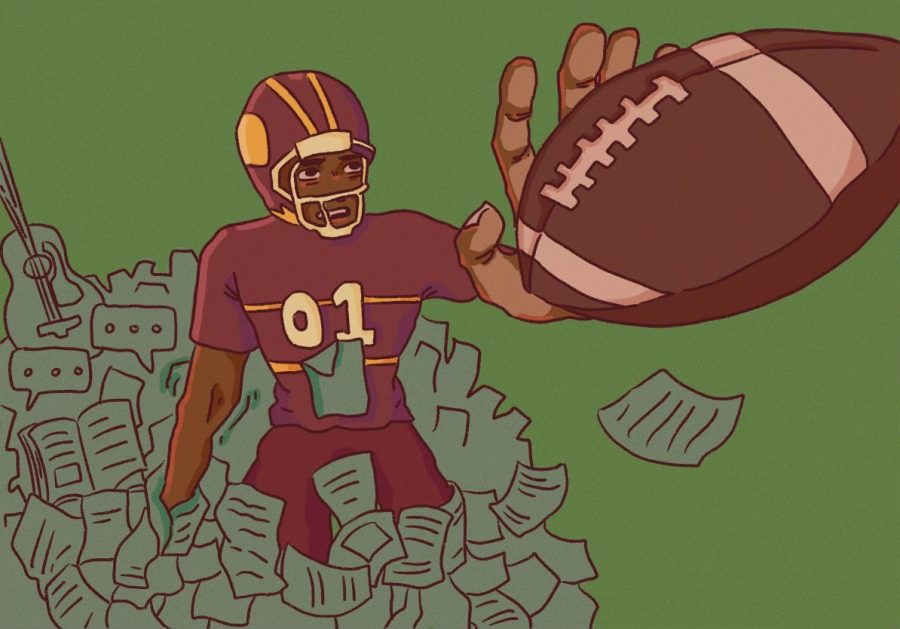Varsity sports are too much to handle
Assistant News Editor Ava Arcona writes that balancing varsity sports with academics and extracurriculars requires commitment and sacrifice.
September 15, 2022
One of my favorite tropes in cheesy high school rom-coms is that of the popular jock who discovers a passion for the arts, a la High School Musical, in which said jock embarks on a journey of self-discovery as he grapples with the two sides of himself. Aside from public school students breaking out into perfectly synchronized musical numbers, I can’t help but notice another major difference between Troy’s experience and that of the typical high school athlete: the sheer impossibility of balancing a varsity sport with another long-term commitment.
The average varsity athlete spends about 13 hours per week on the court, assuming they attend two hour practices after school and compete in two games or meets weekly, each lasting about 90 minutes. This excludes travel time and waiting for the JV teams to finish playing for some sports, which can add hours to the process. Practice usually starts around 3:00, allowing minimal time for club meetings or extra help with a teacher on non-game days.
If an athlete misses practice for an equally important commitment, they may end up being benched or otherwise punished by a coach. If the same athlete fails to fully complete their homework because they were scheduled to work or watch their siblings after practice, their grades will suffer.
Sports of any level are an incredibly important part of the high school experience; the issue arises when they become a source of stress instead of a break from it. Aside from pressure to perform, athletes often fall victim to physical injuries or lack of sleep during the season, all of which can affect their academic performance and overall mental wellbeing. Students are also expected to sacrifice much of their social life in order to keep up with the other aspects of high school.
My personal experience with sports at Algonquin has been overwhelmingly positive, as is the case with many of my peers. The issue remains, however, that many students have been left with no choice but to give up one or more of their interests in order to continue their career as an athlete.
This problem is not unique to our school district—according to the NCAA, student athletes are more likely to burn out than peers who opted out of sports. High school is meant to be a time in which teens are free to explore their options and interests, with relatively low stakes in comparison to a college environment.
As students make the transition to high school and become accustomed to a stricter schedule, it is expected that a few sacrifices be made in order to balance their workload with extracurriculars. One of my favorite aspects of our school community is that students here are encouraged to try different activities and venture outside of their comfort zone, but this becomes exponentially more complicated when a sports commitment is thrown into the mix.
In general, high school students tend to overcommit in order to keep up with the expectations set by colleges or their environment. Athletes, I commend you for your dedication and all the hard work it’s taken to get you to this point. Remember to give yourself breaks when needed, and to try something new if it interests you during the off season.









